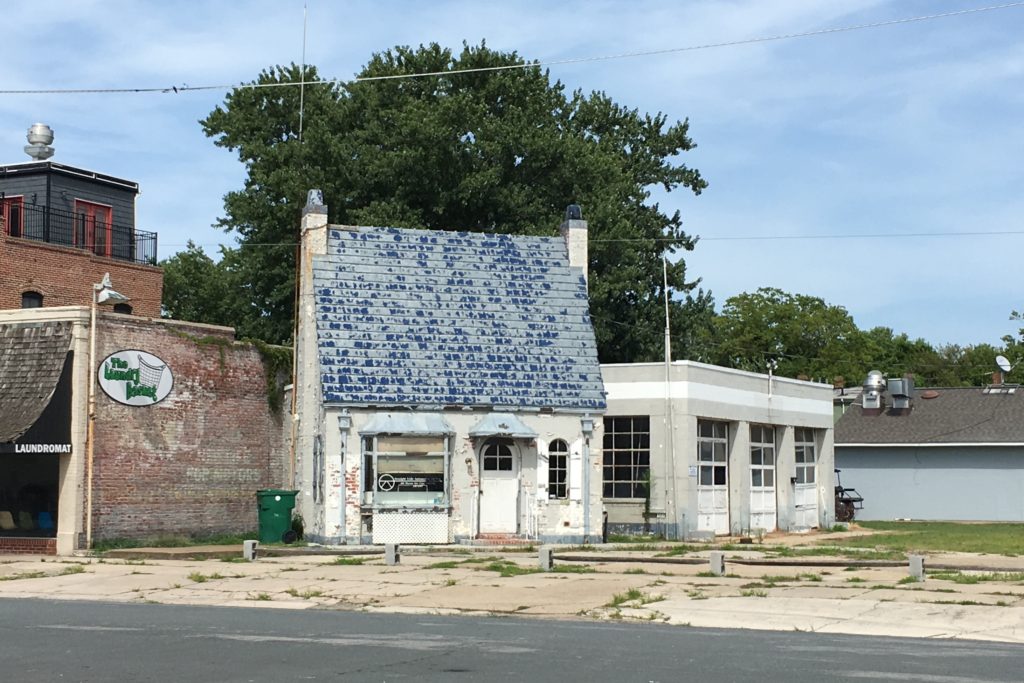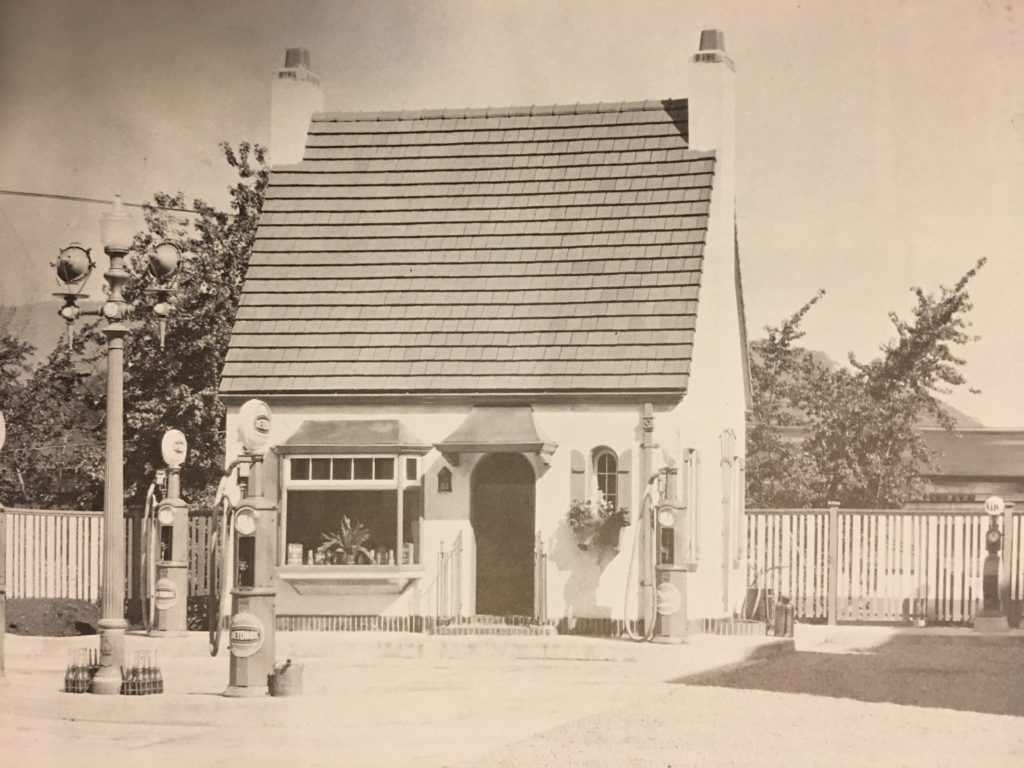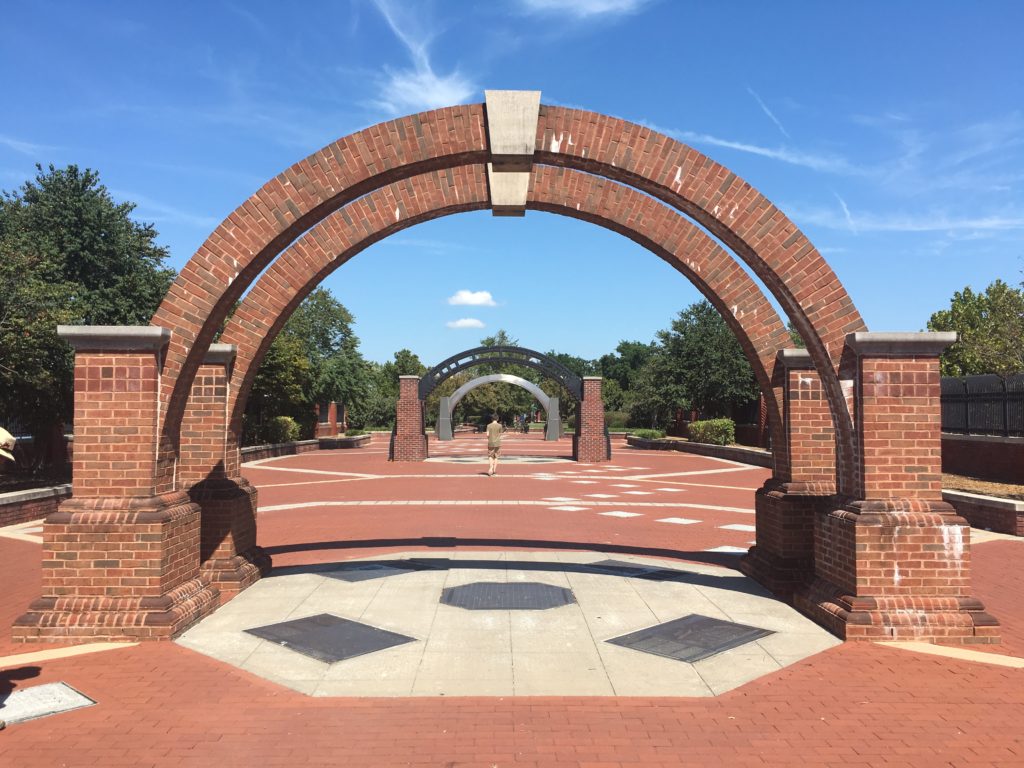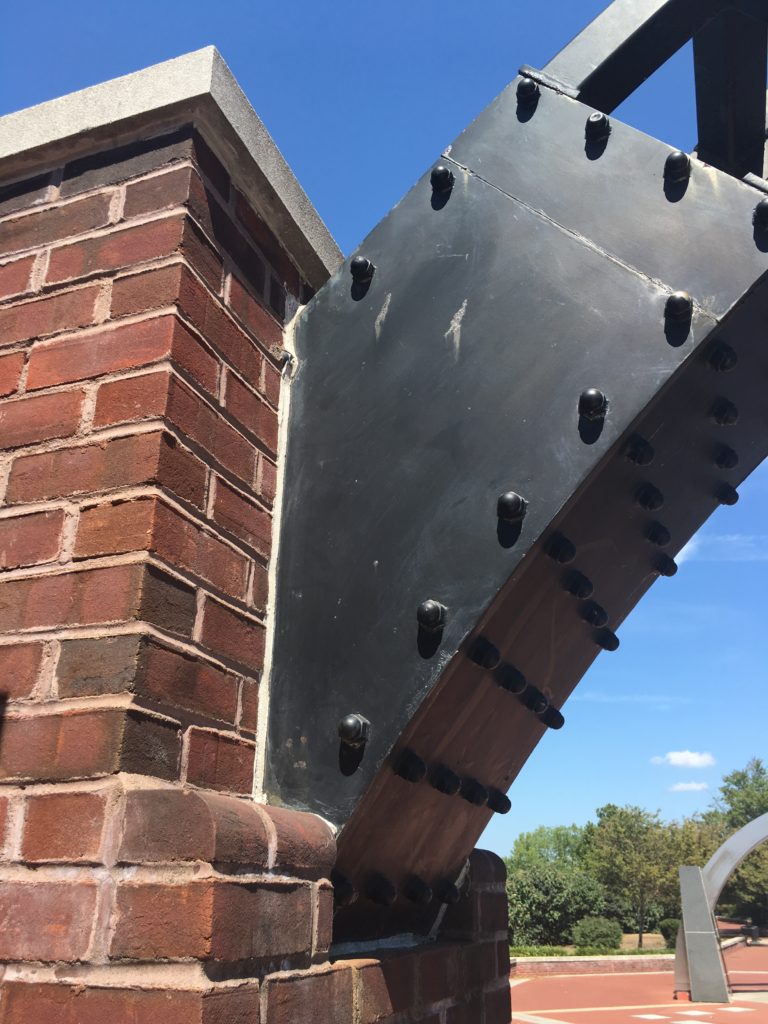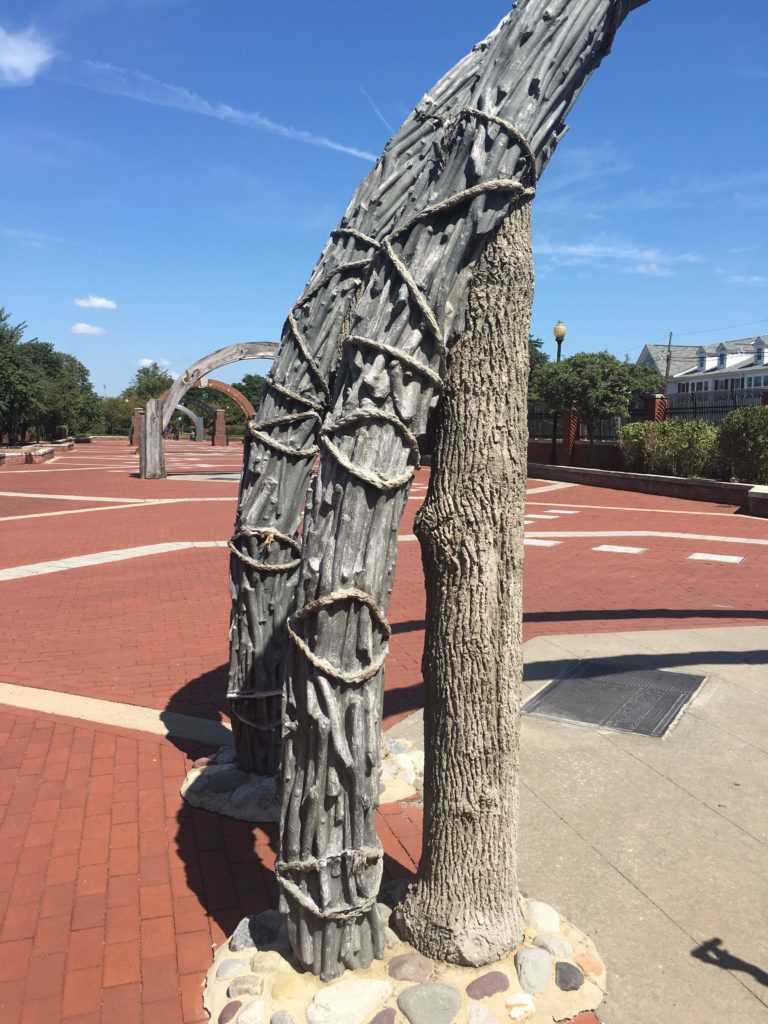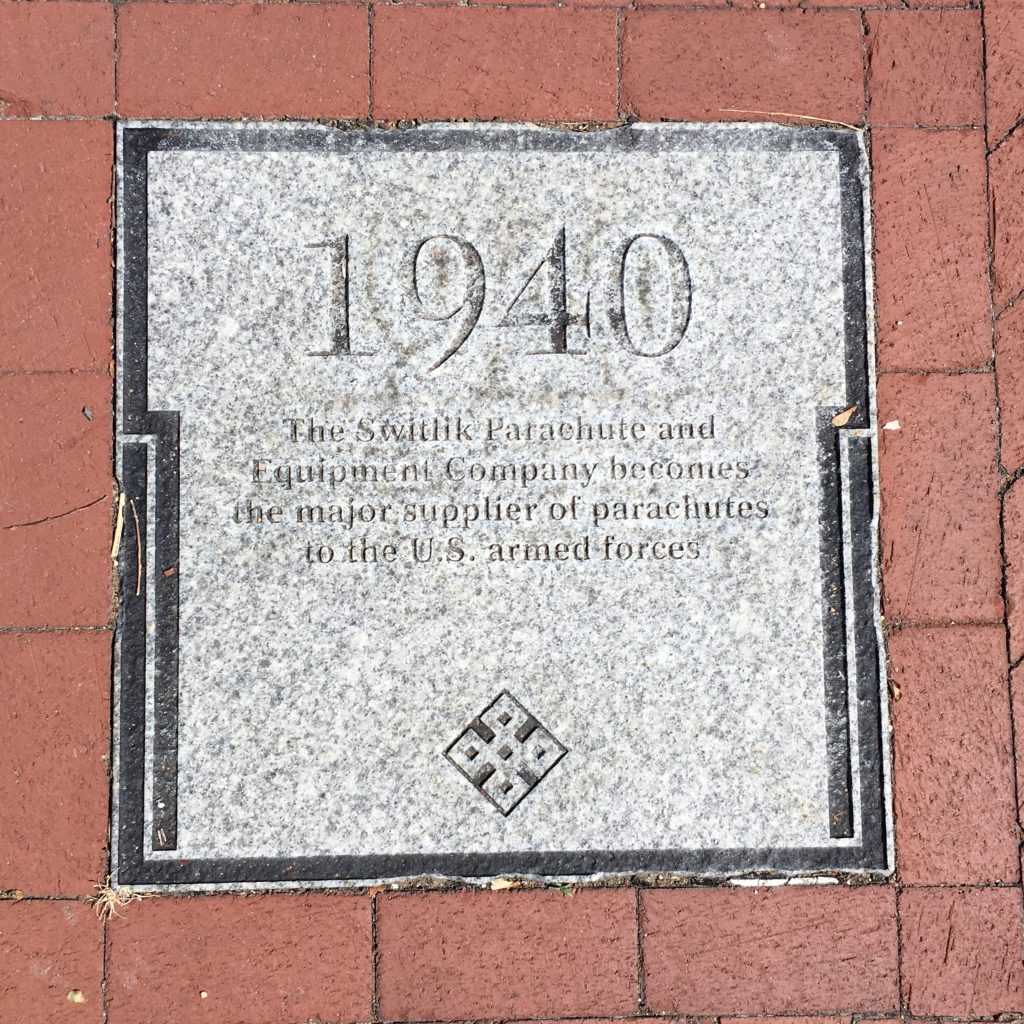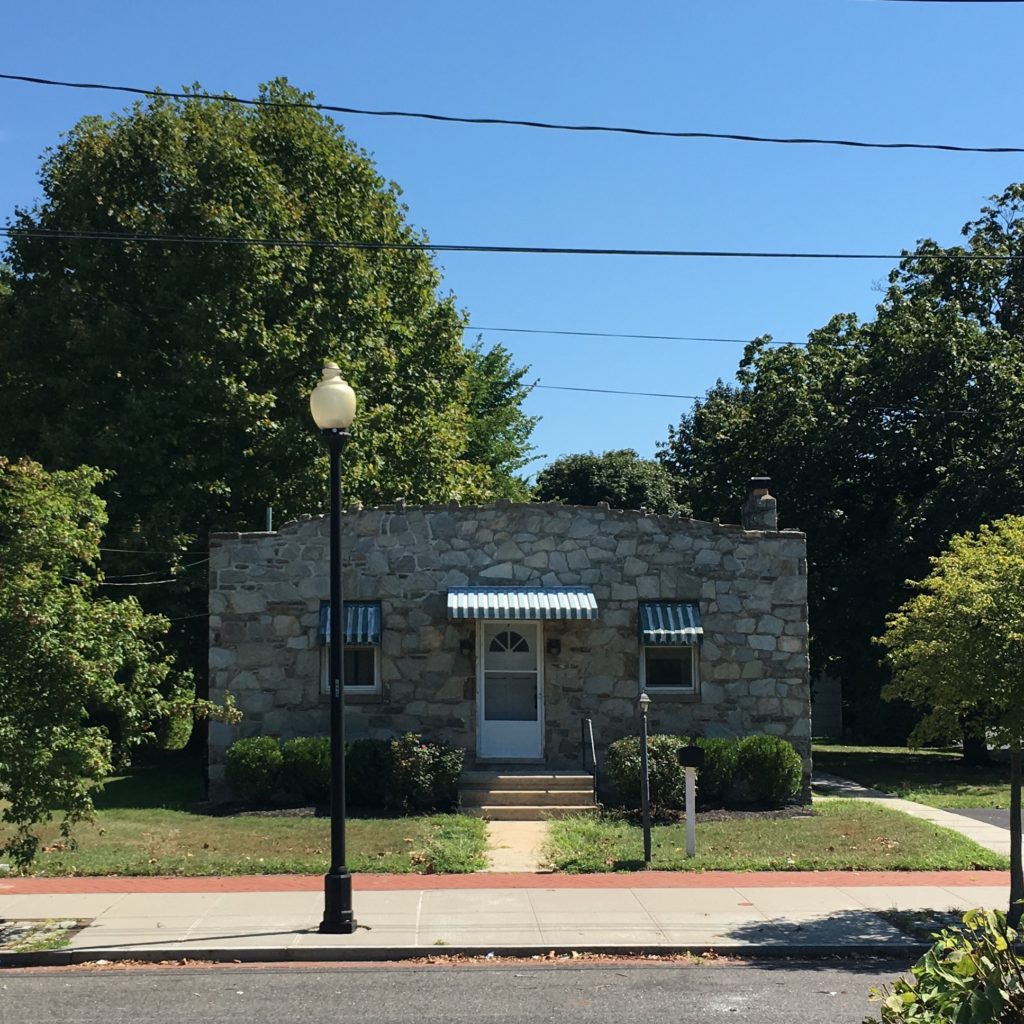Upcoming Great Places and Spaces history event in Albany this Saturday. From the press release:
Representatives from state historic sites and cultural institutions will provide educational hands-on activities, unique artifacts to explore, and information about upcoming events during the annual “New York State’s Great Places and Spaces” program on Saturday, January 14 from noon to 4:00 p.m. at the New York State Museum.
Visitors can learn about New York State history through activities and information provided by over 20 state historic sites, museums, and libraries. In addition, The Iron Jacks, a singing group that specializes in songs about U.S. sailors of the Civil War era, will perform at noon and 2:00 p.m. There will also be a guided tour of the Hudson Valley Ruins exhibition at 1:00 p.m. and 3:00 p.m. and a “hands-on” cart of Native Peoples reproduction objects where visitors can get first-hand experience with materials used by the Iroquois in the past and present.
Participating institutions include the Adirondack Museum, Albany Institute of History & Art, Albany Pine Bush, Burden Iron Works, Civil War Round Table, Crailo State Historic Site, Franklin D. Roosevelt Presidential Library & Museum, Historic Cherry Hill, Guilderland Historical Society, Johnson Hall State Historic Site, Knox’s Headquarters State Historic Sites, New Windsor Cantonment, NYS Office of Parks, Recreation & Historic Preservation, Olana State Historic Site, Saratoga National Historical Park, Saratoga Racing & Hall of Fame, Schenectady Historical Society, Schoharie Crossing State Historic Site, U.S. Grant Cottage Historic Site, and U.S. Naval Landing Party.
Admission is free. Further information about programs and events can be obtained by calling (518) 474-5877 or visiting the Museum website at www.nysm.nysed.gov.
